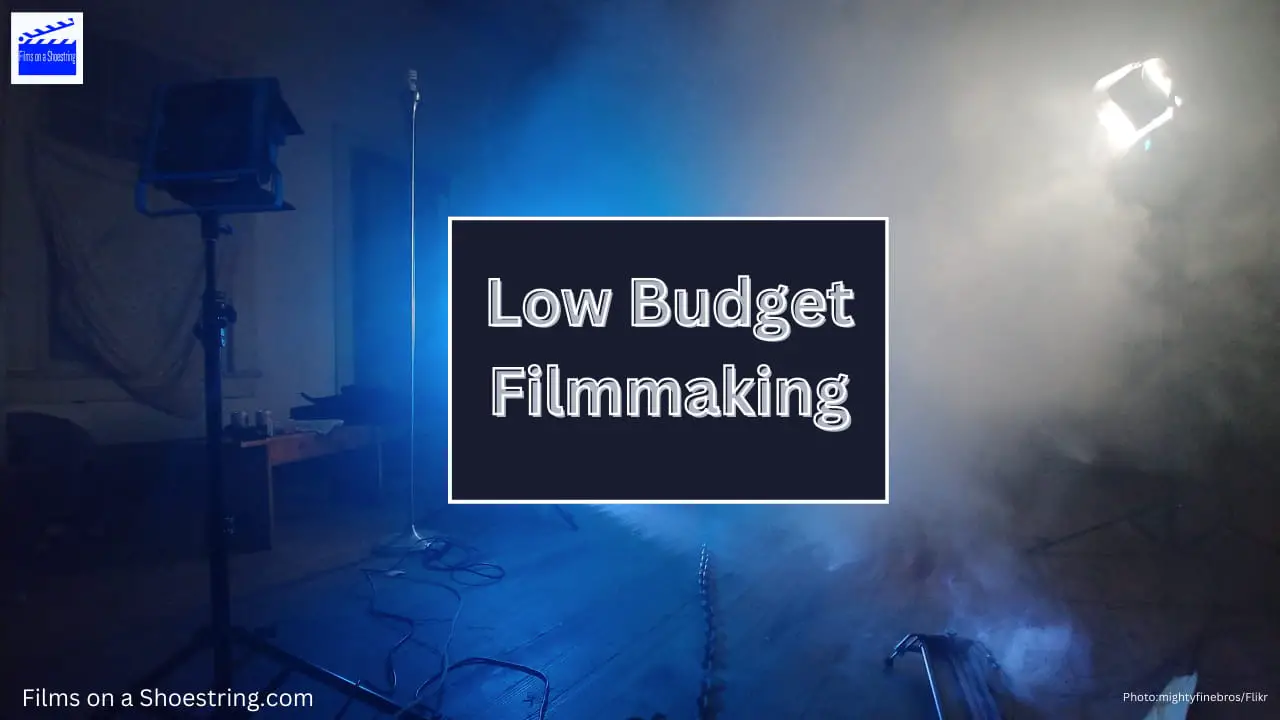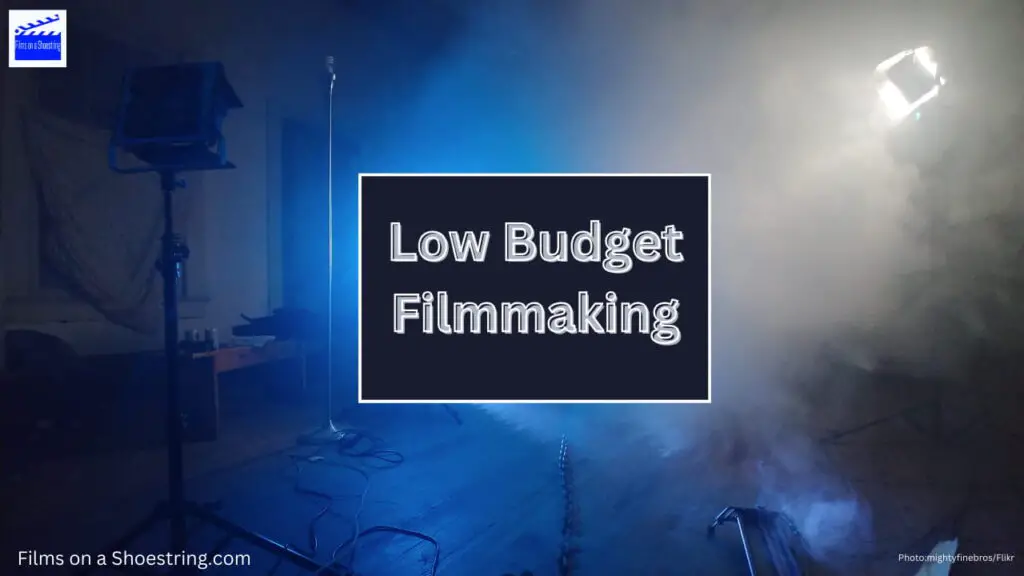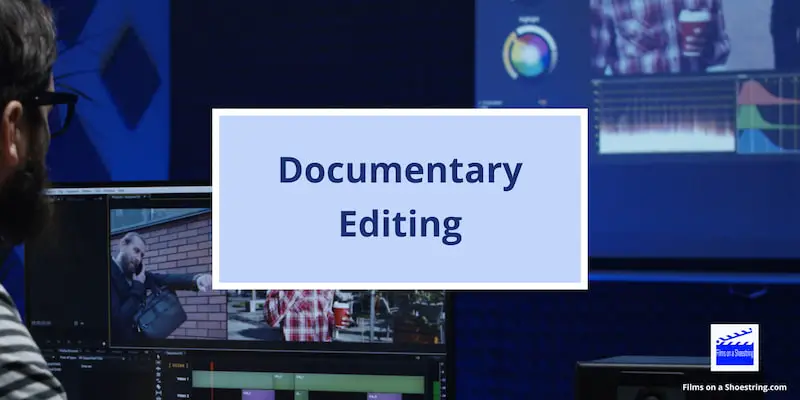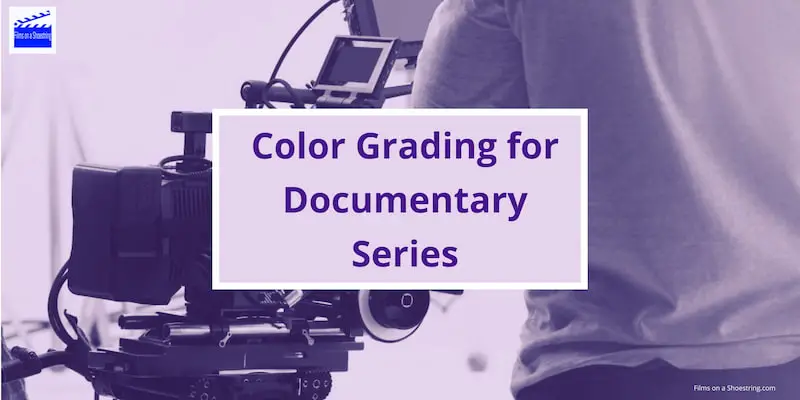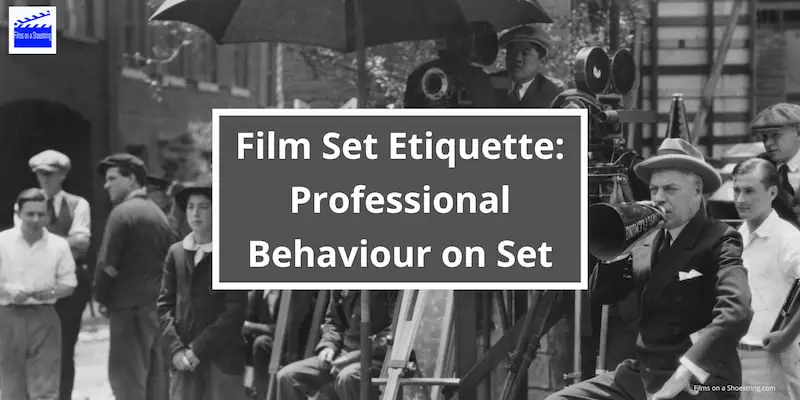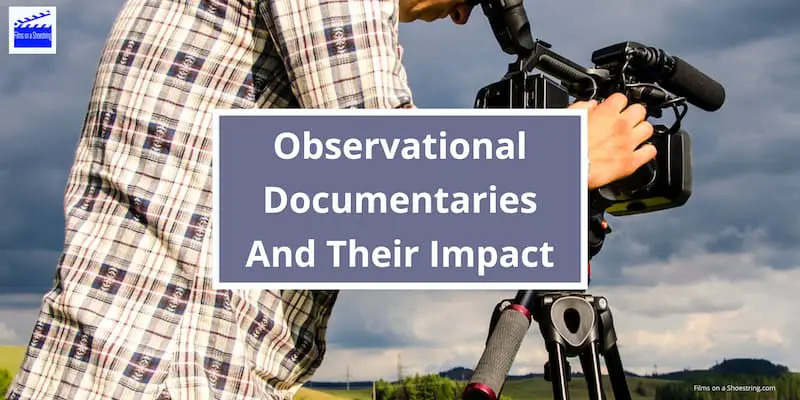Low budget filmmaking and its benefits
- Creativity over Budget: Low budget filmmaking often forces directors to use their imagination.
- Rewarding Results: Achieving quality without a massive crew or the latest tech can be extremely satisfying.
- Learning Experience: It cultivates an inventive mindset, pushing you to think outside the box.
Importance of doing more with less in filmmaking
- Resourcefulness: Working with constraints can lead to innovative solutions.
- Skill Enhancement: Fewer resources mean a filmmaker’s skills are sharpened through problem-solving.
- Thematic Impact: Low-budget films can still powerfully convey themes and emotions.
Jake Frew’s Low Budget Filmmaking Advice
“One of the most rewarding aspects of filmmaking is learning to do more with less. Even if you’re just recreating someone else’s shot, it’s pretty incredible how far you can get with just a little imagination and a ton of persistence.”
Behind the Scenes – Breakdown of Specific Shots
– Skating Shot: the process and challenges of capturing a skating shot in a busy urban setting
– Red Floating Falling Shot: an in-depth explanation of the creative process and equipment used to achieve the floating effect
– Time Passing Shot: discussion of the technique used to portray the rapid passing of time at a children’s playground
– Recreated Breaking Bad Shot: reimagining a scene from Breaking Bad and the innovative method used to reproduce the shot solo
– Biking POV Follow Shots: the unconventional method used to capture biking shots in a risky yet creative manner
– Discussion on the simplicity of capturing shots in the “g” segment, particularly using an iPhone for authentic moments
– Capturing a bicycle shot with a GoPro Hero six, including the techniques and equipment used
– The meticulous approach required for the windshield shot and the precautions taken to ensure safety
Pre-production
Planning and Budgeting for a Low Budget Film
- Essential Outline: Create a meticulous plan and budget to manage limited resources effectively.
- Allocating Funds: Prioritize spending on elements that maximize impact, such as key scenes or effects.
- Flexibility: Stay adaptable to change and prepared for unforeseen expenses.
Strategies for Finding Affordable Locations and Props
- Public Spaces: Look for free or low-cost locations that can serve your story’s setting.
- Networking: Utilize connections to borrow or rent props and costumes affordably.
- DIY Approach: Consider making your own props to cut costs and add uniqueness.
Equipment
Choosing budget-friendly cameras and lenses
- Research: Investigate affordable camera options that don’t compromise on quality.
- Rental: Rent equipment to save costs versus purchasing.
- Invest in Versatility: Select lenses that are versatile for various shooting scenarios.
Utilizing natural lighting and inexpensive lighting equipment
- Maximize Daylight: Schedule shoots during times when natural light is optimal.
- DIY Solutions: Use reflectors made from readily available materials to enhance lighting.
- Budget Gear: Opt for affordable lighting kits that provide sufficient illumination for your scenes.
Crew and Cast
Working with a small crew and finding talented actors on a budget
– **Networking:** Use social media and local art communities to find enthusiastic collaborators.
– **Casting Calls:** Post casting calls on platforms designed for low-budget productions.
– **Multi-tasking:** Encourage crew members to wear multiple hats to reduce headcount.
Building a network of collaborators and volunteers
– **Barter System:** Offer your skills in exchange for assistance with your production.
– **Film Schools:** Reach out to students who want hands-on experience and can volunteer.
– **Community Involvement:** Get the local community involved for location access and extras.
Production Techniques
Maximizing the use of limited resources
– **Pre-production**: Plan meticulously to prioritize your spending.
– **Equipment**: Rent or borrow high-quality equipment affordably.
– **Locations**: Opt for free or low-cost venues willing to support indie filmmakers.
Creative set design and DIY special effects
– **DIY Craftsmanship**: Utilize household items for cost-effective set design.
– **In-Camera Tricks**: Master practical effects that don’t require post-production.
– **Workshops**: Learn from free online tutorials to enhance your set creatively.
Post-production
Optimizing editing software for low budget projects
– **Affordable Software**: Utilize free or low-cost editing software options available online.
– **Efficient Workflow**: Learn shortcuts and techniques to expedite the editing process.
– **Minimalistic Editing**: Embrace simplicity in post-production to save time and resources.
Sound design and music options within budget limitations
– **Royalty-Free Music**: Explore websites offering free or inexpensive music for your video.
– **Sound Effects Libraries**: Access online libraries with a wide range of sound effects for little to no cost.
– **Audio Editing Techniques**: Learn basic audio editing skills to enhance the sound quality of your video.
Remember, with determination and resourcefulness, you can overcome budget constraints and create compelling videos that resonate with your audience.
Marketing and Distribution
Utilizing social media and online platforms for promotion
– **Social Media Presence**: Establish a strong presence on popular social media platforms such as Facebook, Instagram, Twitter, and YouTube.
– **Engage with your audience**: Interact with your audience through comments, likes, and shares to build a loyal fanbase.
– **Promotional Content**: Create high-quality promotional content such as behind-the-scenes videos, interviews, and teasers to generate interest in your film.
– **Collaborate with influencers**: Partner with influencers or individuals with a large online following to reach a wider audience.
Budget-friendly strategies for film distribution
– **Online Video Platforms**: Utilize platforms like YouTube, Vimeo, or Amazon Video Direct to distribute your film digitally.
– **Film Festivals**: Submit your film to local and international film festivals to gain recognition and attract potential buyers.
– **Educational Institutions**: Approach universities, colleges, and libraries for possible screenings or distribution opportunities.
– **Niche Markets**: Target specific communities or interest groups that align with the themes or content of your film.
– **DIY screenings**: Organize your own screenings at local venues, community centers, or even in your own backyard.
Remember, effectively marketing and distributing your film doesn’t have to break the bank. By strategically utilizing online platforms, engaging with your audience, and exploring alternative distribution channels, you can increase the visibility and reach of your film while staying within your budget limitations.

